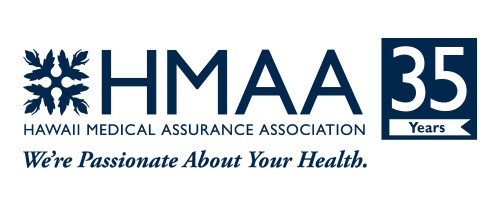Building a strong workforce means offering a health benefits package that stands out. Health insurance is a must-have, but navigating the options can be tricky. One of the first hurdles for mid-sized business owners is knowing if they are classified as small vs. large group when purchasing health insurance—a choice that directly impacts your budget and the cost to cover of your employees.
While it varies by state, a business having 1 to 50 full-time equivalent employees (FTEs) generally fall under the small group category in the State of Hawaii, while those with 51 or more FTEs are classified as a large group. This distinction affects plan availability and costs. Here is a guide to the key differences between small vs. large group health insurance.
What is Small Group Health Insurance?
- Guaranteed Issue: Insurers cannot use your employees’ health history to determine the premiums, ensuring access health coverage that includes the Affordable Care Act (ACA) essential health benefits.
- Community Rating: Healthcare premiums are predefined rather than the specific health conditions of your employees, potentially leading to more predictable costs.
- Range of Plan Options: While potentially less extensive than large group options, small group plans still offer a variety of coverage levels and benefits and available to purchase at any time of the year.
What is Large Group Health Insurance?
- Flexible Premiums: Larger groups often benefit from negotiating rates with insurers that can lower premiums per employee due to a more significant risk pool, potentially leading to cost savings.
- Increased Customization: Large group plans allow you to customize coverage to your employees’ specific health needs and preferences.
- Range of Plan Options: You’ll likely have a more comprehensive selection of medical plan types to suit your employees’ needs.
Factors to Consider in Choosing Small vs. Large Group Health Insurance
- Employer Size: Your FTE employee count determines your eligibility for small vs. large group plans. Tools such as an ACA full-time equivalent calculator can help you determine the total.
- Budget: Compare quotes from multiple insurance providers to evaluate costs and services provided, including preventive health services and wellness.
- Employee Needs: Consider your workforce’s demographics, health conditions, and coverage preferences.
- Customization: Evaluate how much flexibility you need to design your health benefits package, including the type of medical plan—Health Maintenance Organization (HMO) or Preferred Provider Organization (PPO).
Secure the Best Health Coverage for Your Team
Choosing the right health insurance plans for your employees is a significant decision with long-term implications for your business. You don’t have to navigate this complex landscape alone. Reach out to the professionals at HMAA today for expert guidance in selecting the ideal insurance coverage to meet your company’s unique needs.

